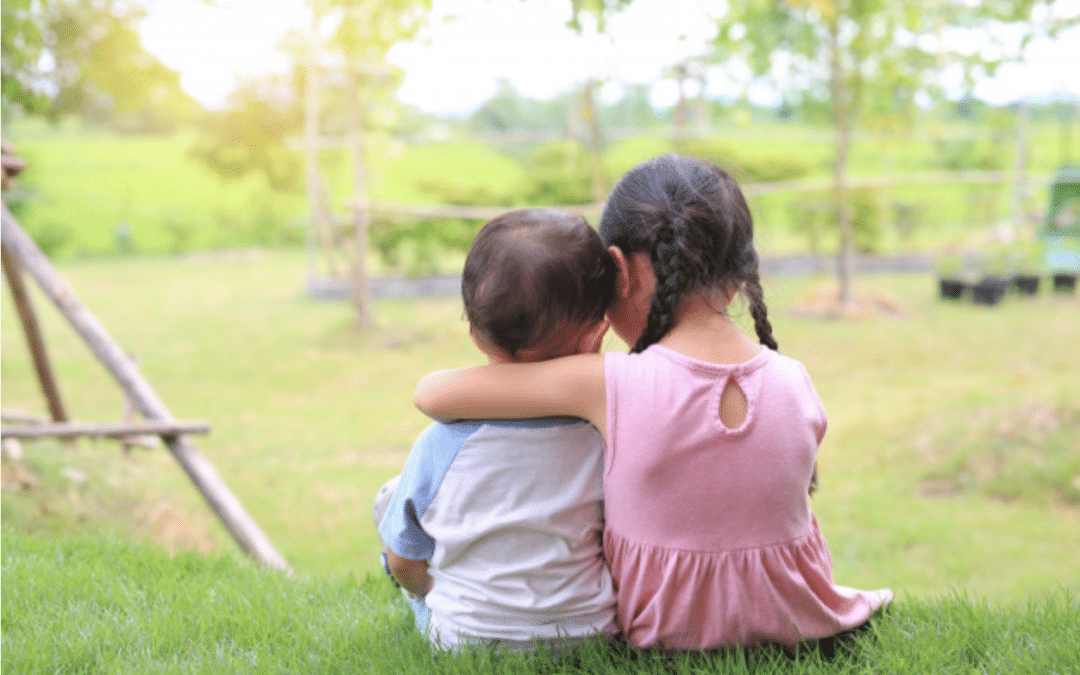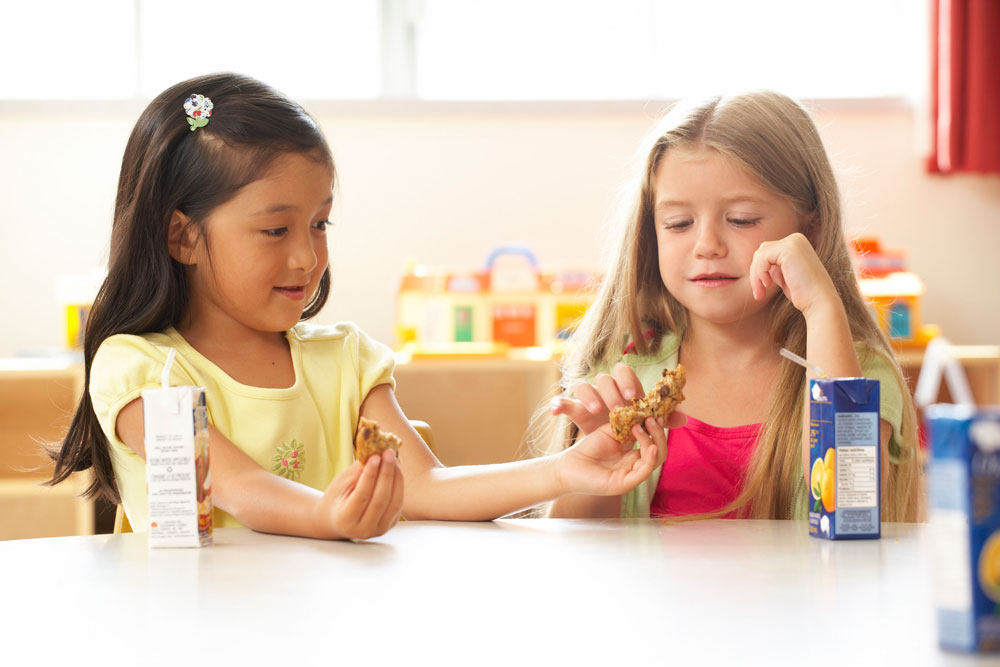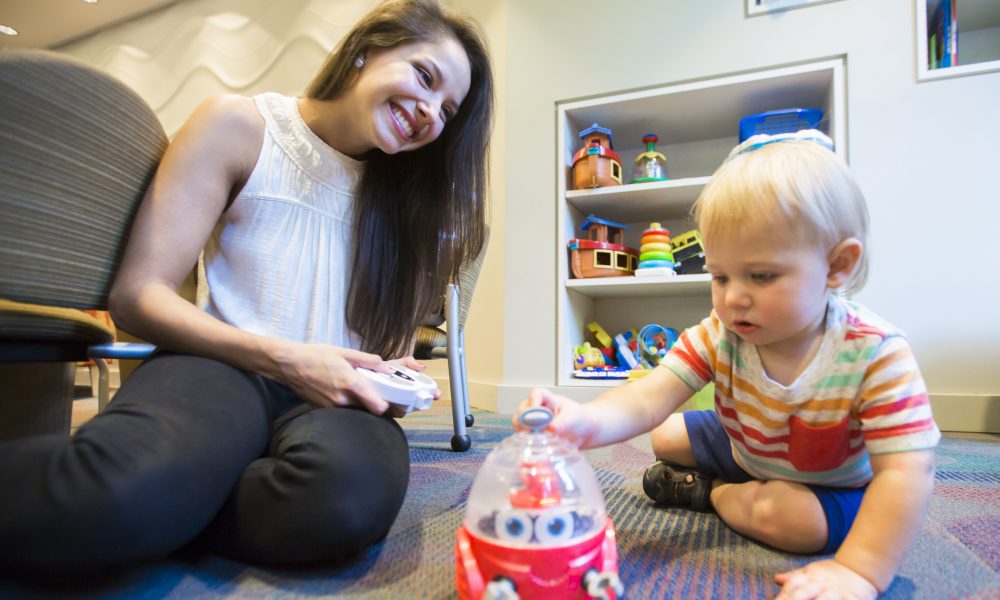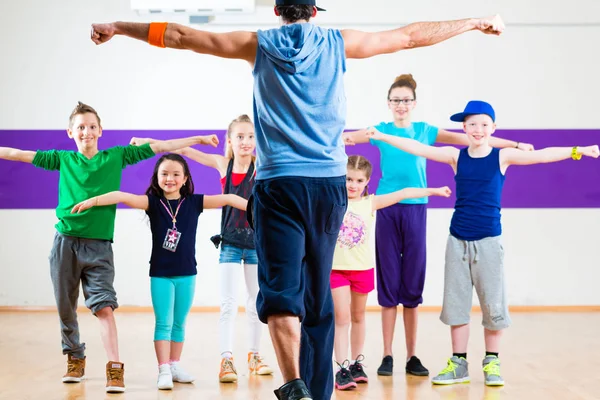
Part of a child’s development involves the acquisition of empathy, an important trait to have for engaging with others in job settings, school environments and with family. Empathy, or the ability to “walk in another person’s shoes” is thought to appear in children at around age four or five. Not all children, however, easily obtain this trait. Autistic children struggle to display empathetic characteristics partially due to lower levels of mirror neuron activation of emotion areas in the brain.
Researchers analyzed this situation and considered ways to help autistic children become more empathetic through a video game. The game involves an avatar that displays basic human needs and the settings in which they take place. Children would then have to act as a caregiver to the avatar and be responsible for fulfilling their needs. For example, the child would bring the avatar to the kitchen when hungry for a meal. It was found that participation in the game made children further understand the avatars’ needs and the responses they took to those needs.
Read the full article here!
Nolyette Verastegui
Research Assistant, UConn KIDS








